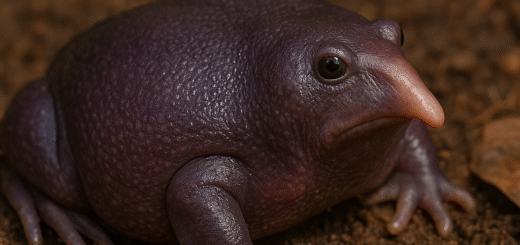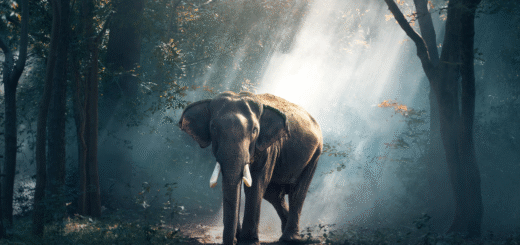Animal Superpowers: From Regeneration to Camouflage
When we think of superpowers, we often picture comic book heroes leaping tall buildings or turning invisible. But nature has its own version of superheroes—animals with extraordinary abilities that rival anything from the pages of fiction. From self-healing limbs to near-invisible camouflage, these real-life animal superpowers demonstrate the incredible adaptations that have evolved over millions of years.
Regeneration: Nature’s Healing Power
One of the most fascinating animal abilities is regeneration—the process of regrowing lost or damaged body parts. Several species have mastered this biological feat, and scientists are studying them closely for potential breakthroughs in medicine.
Axolotls: Masters of Limb Regrowth
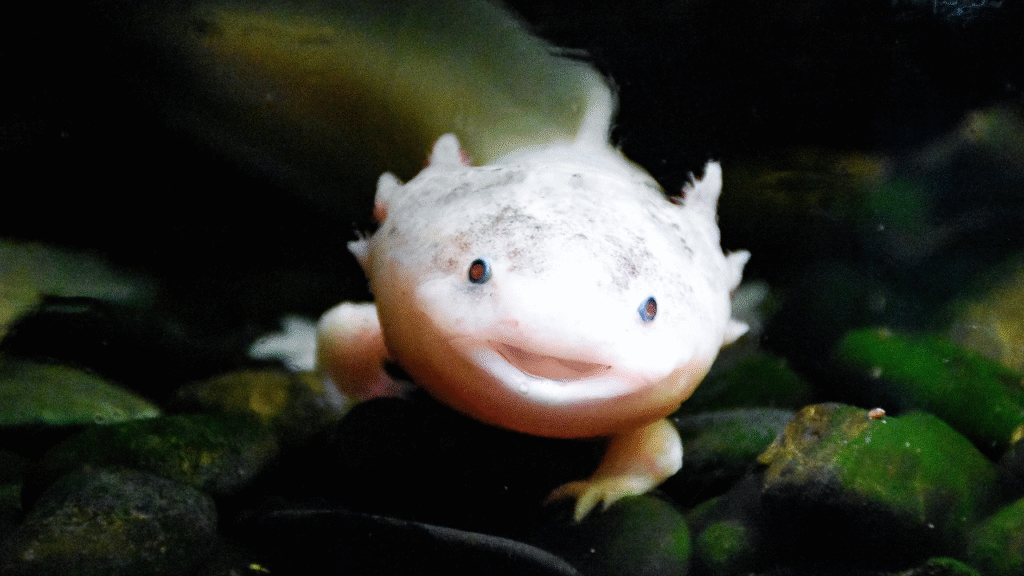
Axolotls, a type of neotenic salamander native to Mexico, can regrow entire limbs, spinal cords, heart tissue, and even parts of their brains. Unlike humans, who scar when healing, axolotls regenerate tissue that is almost indistinguishable from the original.
Starfish: Whole Body from a Single Arm

Starfish (or sea stars) can regenerate not only lost arms but, in some cases, their entire bodies from just one severed limb—as long as part of the central disc remains intact. This remarkable ability serves both as a defense mechanism and a method of reproduction.
Camouflage: The Art of Invisibility
In the wild, being unseen can mean the difference between life and death. Many animals use camouflage to hide from predators or sneak up on prey, often blending into their surroundings with near-perfect accuracy.
Cuttlefish: The Chameleons of the Sea
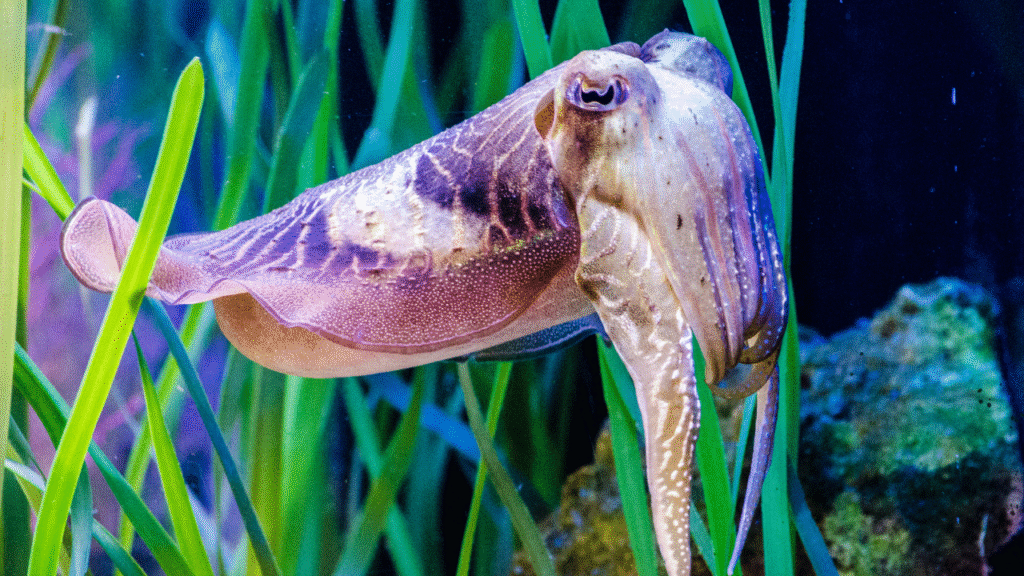
Cuttlefish are cephalopods with astonishing control over their skin pigmentation. Using specialized cells called chromatophores, they can change color, texture, and even reflect light. This allows them to match the ocean floor, mimic other animals, and communicate with each other—all within seconds.
Leaf-Tailed Geckos: Vanishing in Plain Sight
Native to Madagascar, leaf-tailed geckos have evolved to look exactly like dead leaves, complete with vein-like markings and irregular edges. Their ability to remain motionless for long periods further enhances their disguise, making them almost impossible to detect.
Electric Senses and Shock: Nature’s Energy Weapons
Some animals harness electricity as a defense mechanism or a hunting tool. This power not only sets them apart but helps them survive in dark or murky environments.
Electric Eels: High-Voltage Defense
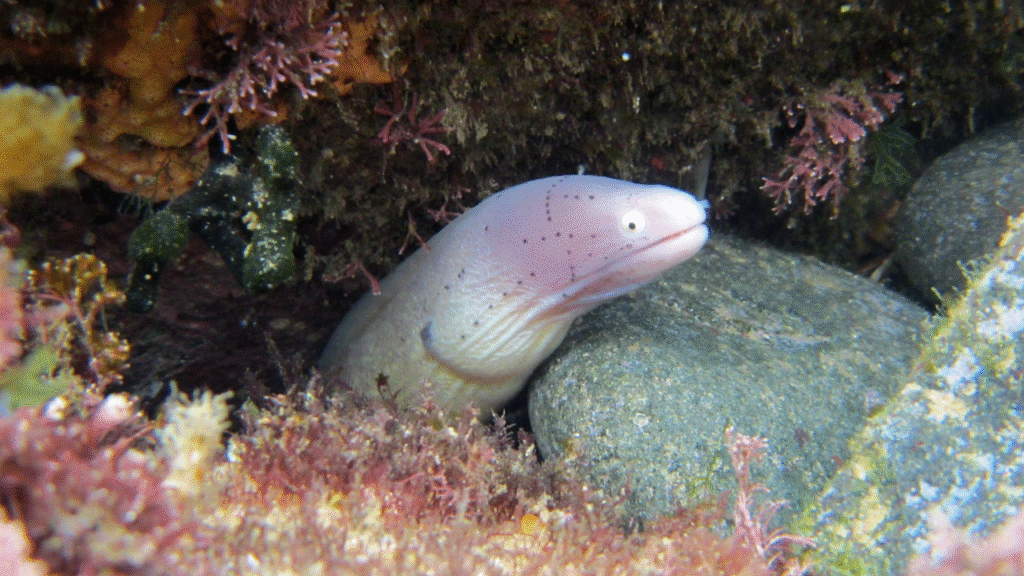
Electric eels, found in South America, can generate electric shocks up to 600 volts. They use this ability to stun prey, deter predators, and navigate through turbid waters. Despite their name, electric eels are actually a type of knifefish.
Sharks: Sensing Prey with Electromagnetic Fields
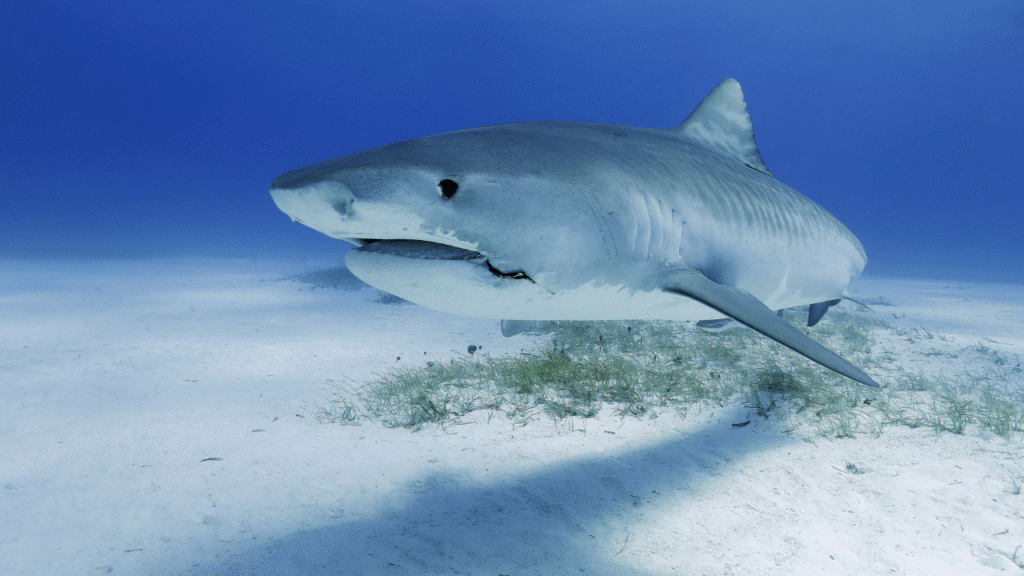
Sharks have specialized sensory organs called ampullae of Lorenzini, which detect the weak electric fields generated by the movement of muscles in other animals. This “sixth sense” makes them lethal hunters, even in complete darkness.
Mimicry: Masters of Deception
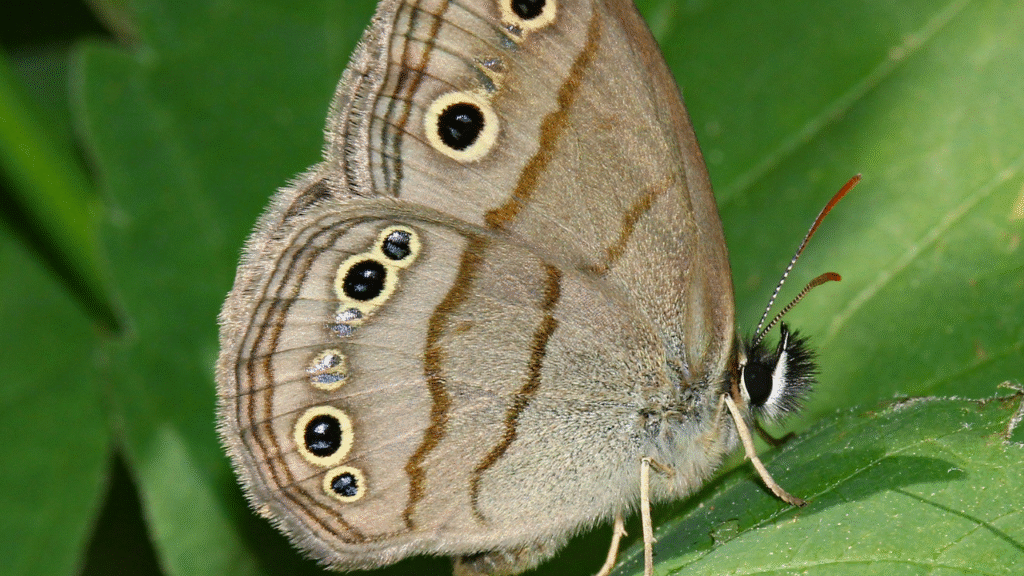
Mimicry is another form of animal superpower, where species evolve to imitate the appearance or behavior of other organisms. This adaptation confuses predators or helps in hunting prey.
The Mimic Octopus: Shapeshifter of the Sea
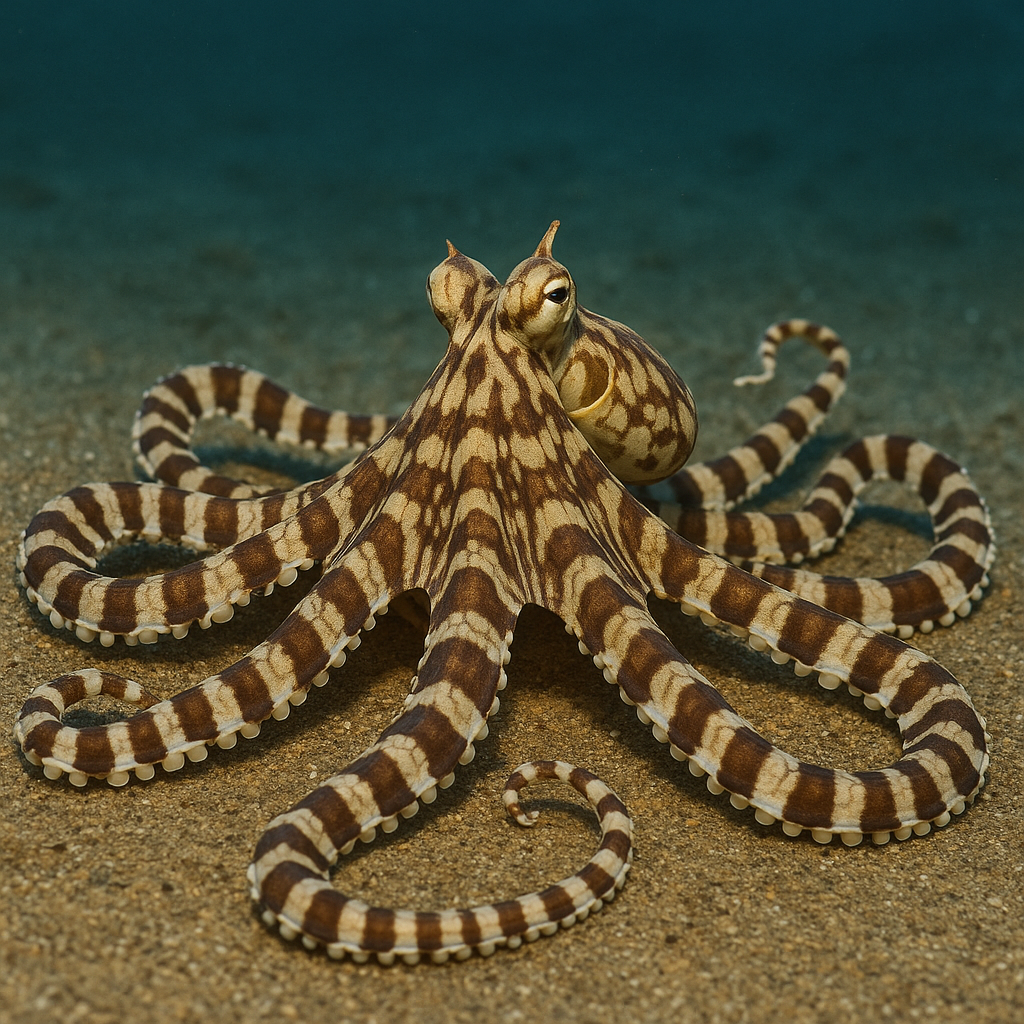
Discovered in the late 1990s, the mimic octopus can impersonate more than 15 different marine animals, including lionfish, sea snakes, and flatfish. By altering its shape and color, it not only avoids predators but can also trick prey into thinking it’s harmless.
Why These Superpowers Matter
These animal adaptations aren’t just fascinating—they also have real-world implications. Scientists are researching how to apply these abilities to develop regenerative medicine, advanced camouflage technologies, and bio-inspired robotics.
Understanding animal superpowers not only deepens our appreciation of biodiversity but also offers insights into the future of human innovation.
Final Thoughts
From regeneration to camouflage, electric shocks to expert mimicry, the animal kingdom is filled with natural superpowers that continue to inspire awe and scientific curiosity. As we study and protect these incredible creatures, we open the door to learning more about the limits—and possibilities—of life on Earth.


